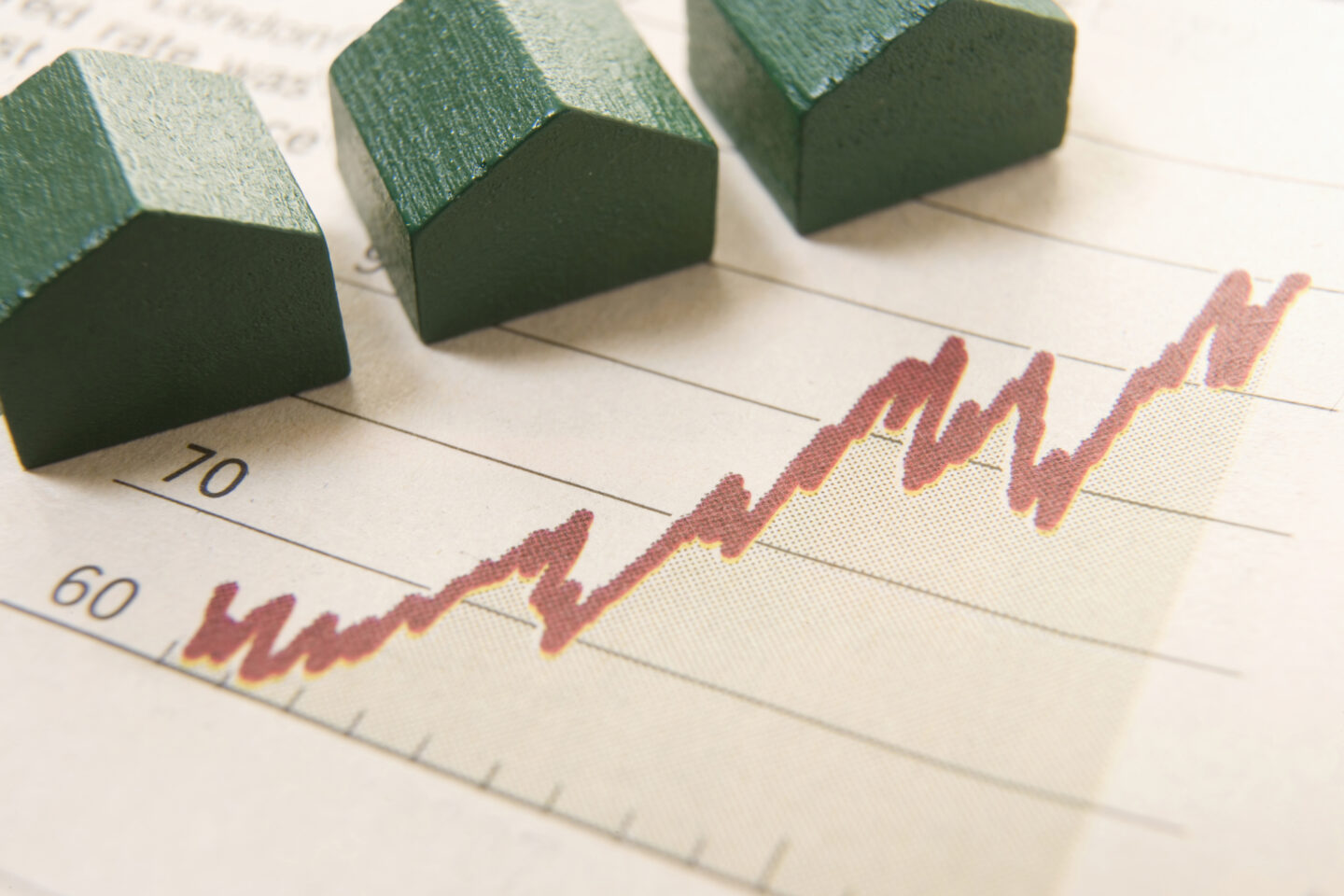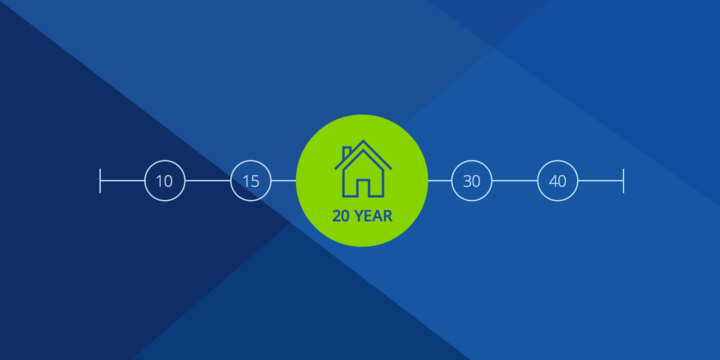How to Get the Best HELOC Rates
When shopping for a home equity line of credit (HELOC) rate, there is more to know than when shopping for a traditional mortgage. Here's what you need to know about getting the best HELOC rates.

Written by Francesca Faris on May 11, 2017
IN THIS ARTICLE:
- How HELOC Rates Work
- HELOC Rates Move With Economic Trends
- HELOC Fixed-Rate Advance Options
- Comparing HELOC Rates and Fees
When shopping for a home equity line of credit (HELOC) rate, there is more to know than when shopping for a traditional mortgage, because there are more factors that go into home equity interest rates.
Here’s what you need to know about getting the best HELOC rates.
How HELOC Rates Work
HELOCs are adjustable rate mortgages, and HELOC rates have two components: a set base rate called a “margin,” plus a fluctuating rate called an “index.” Each month, your HELOC lender will calculate your payment using your current balance and the combination of these two components as your rate.
The margin for your HELOC is based on your credit score and how much equity you have in your home.
Most lenders will use the middle of the three scores to qualify you, and some might take the lowest of the three scores. The higher your credit score, the lower your HELOC margin will be. Past late payments or other credit problems can cause you to have a higher margin, or sometimes make you ineligible for a HELOC depending on the severity of this derogatory credit history.
Equity in your home is calculated by dividing total outstanding loans by your home’s value. Most lenders want the sum of loans to cap at 90 percent of your home’s value. The higher this percentage, the higher your HELOC margin will be, and vice versa.
Your margin can be as low as zero based on these factors, but it can also be as high as a few percentage points if you had credit issues and minimal equity.
HELOC Rates Move With Economic Trends
The index for HELOCs is the Prime Rate, which is a rate tied to decision making by the Federal Reserve.
The Fed meets eight scheduled times per year (and at non-scheduled times during crises) to discuss whether to move an overnight bank-to-bank lending rate called the Fed Funds Rate. HELOC rates move in lock-step with Fed Funds because the Prime Rate is comprised of the Fed Funds Rate plus three percent.
Fed (and therefore HELOC) rates move based on economic conditions. If the economy is healthy and growing, Fed and HELOC rates will rise, and vice versa.
Fed and HELOC rates were at rock bottom from the 2008 crisis until December 2015, with Fed Funds at .25 percent and Prime at 3.25 percent. At that time, the Fed determined the economy was stable and improving, and the Prime Rate that HELOCs are tied to has been gradually rising.
When you have a HELOC, your rate moves up (or down) as Prime moves with Fed rate decisions.
Most HELOCs have a feature that caps the total rate, so even if the Prime Rate had an extreme spike, your rate might not rise that full amount based on the terms of your HELOC.
And don’t forget your HELOC rate and payment will be calculated monthly based on wherever the Prime Rate is at the time plus your margin, as discussed above.
HELOC Fixed-Rate Advance Options
Even though HELOCs are adjustable rate mortgages, they have a feature that allows you to fix the rate on a certain portion of the available balance.
For example, if you were going to remodel a bathroom for $25,000, you could take a “fixed-rate advance” or “fixed-rate draw” of that amount and fix the rate on just that portion of your HELOC. The fixed rate would be pre-determined by the terms of your HELOC.
This is a handy feature if you know you’re not going to repay a portion of your HELOC for a longer period of time. It can protect you from the Prime Rate rising during this period — however, you should note that the fixed rate advance option rates are most often higher than the sum of your index plus margin.
Questions about HELOCs? Find a lender on Zillow who can help

Comparing HELOC Rates and Fees
- Margin. Some lenders adjust margin more than others for your credit profile and equity in your home. This is the most important single determinant of your HELOC rate.
- Rates on fixed-rate advance options. This is the second most important determinant of your HELOC rate, and these can vary across lenders.
- Maximum lifetime rate. HELOCs will have a provision that says Prime plus Margin cannot exceed a certain amount at any time during the life of the HELOC. This protects you if Prime were to spike materially.
- Interest only vs. fully amortized payment. Some HELOCs will allow you to pay just the interest due on the outstanding balance, and some will require you to make principal plus interest payments. The lenders that require the latter can sometimes amortize that payment over 10 or 20 years, which will make the payment materially higher.
- Draw period. This is how long you can draw on your HELOC, and it can also be different among lenders. A longer draw period is better if you intend to keep the home and the HELOC longer-term. These periods are typically 10 years and don’t change drastically from lender to lender, but they're still worth asking about.
- Repayment period. This is how long you have to pay back the drawn HELOC funds. Like draw periods, these are pretty standard at 20 years, but again, still worth asking about to make sure you’ve got the longest possible time — or at least enough time relative to your anticipated time in the home.
- Annual fees. HELOCs behave like a credit card in that you can use and pay down the funds as you go. Because servicing these loans is more complex than servicing traditional mortgages, lenders often charge an annual fee like credit cards do. The annual fees are usually nominal and similar across lenders, but compare just in case to make sure no single lender’s annual fee is drastically higher than another’s.
- Early termination fee. This is a fee that many HELOC lenders charge if you close the HELOC within a certain number of years. You’ll want to compare not only the fees, but also how many years you need to hold the HELOC before this fee is waived.
Interested in a HELOC? Find a local lender on Zillow who can help.
Tap into your home equity
Zillow makes it simple to explore your options for a Home Equity Line of Credit.
Zillow Group Marketplace, Inc. NMLS #1303160
Get startedRelated Articles
Get a mortgage with Zillow Home Loans
Go from dreaming to owning with low down payment options, competitive rates and no hidden fees. A dedicated loan officer will guide you until you have your keys in hand.

Zillow Home Loans, NMLS #10287. Equal Housing Lender.



